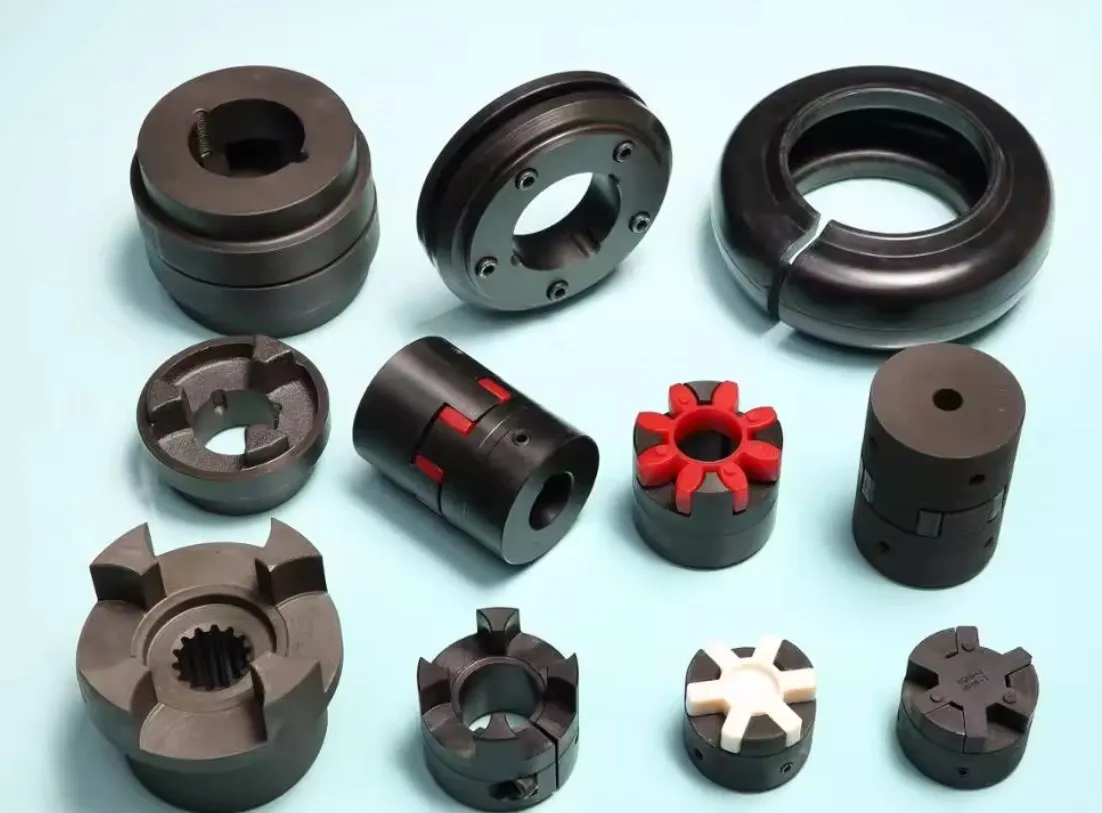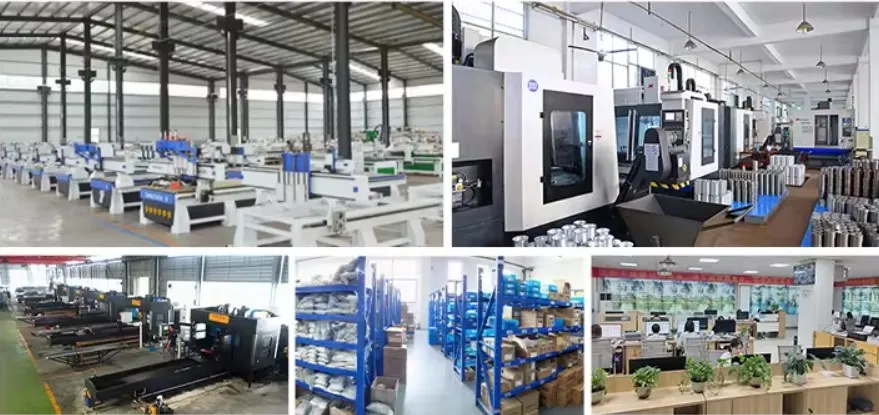Elastomeric Coupling for Weather Stations
Introduction to Elastomeric Couplings
Elastomeric couplings are pivotal in ensuring the efficiency and reliability of weather stations. They provide flexibility, dampening vibrations, and absorbing shock loads, which are essential in a dynamic environment.
Importance of Elastomeric Couplings in Weather Stations
Weather stations are subjected to varying environmental conditions. Elastomeric couplings play a crucial role in maintaining the integrity of the measurement instruments by compensating for misalignments and providing resilience against external forces.
Types of Elastomeric Couplings Used in Weather Stations
Different types of elastomeric couplings, such as jaw couplings, tire couplings, and disc couplings, are employed based on the specific requirements of weather stations. Each type offers unique advantages in terms of flexibility, load-bearing capacity, and ease of maintenance.
Material Composition of Elastomeric Couplings
The choice of elastomer material is vital. Common materials include natural rubber, nitrile rubber, and polyurethane, each providing distinct properties such as temperature resistance, elasticity, and chemical stability.
Design Considerations for Elastomeric Couplings
Designing an elastomeric coupling involves considering factors such as torque transmission, angular misalignment, and environmental conditions. A well-designed coupling ensures optimal performance and longevity.
Performance Characteristics of Elastomeric Couplings
Performance metrics such as torsional stiffness, damping coefficient, and maximum load capacity are critical in assessing the suitability of an elastomeric coupling for specific applications in weather stations.
Installation and Maintenance
Proper installation and regular maintenance are key to the effective functioning of elastomeric couplings. This includes correct alignment, periodic inspections, and timely replacements of worn-out components.
Case Studies of Elastomeric Couplings in Weather Stations
Several weather stations around the world have benefitted from utilizing elastomeric couplings. These case studies highlight improvements in operational efficiency and equipment lifespan.
Challenges and Solutions in Using Elastomeric Couplings
Challenges such as material degradation, misalignments, and environmental impacts can be mitigated through careful selection, design, and maintenance of elastomeric couplings.
Future Trends in Elastomeric Couplings
Advancements in material science and engineering are paving the way for more durable and efficient elastomeric couplings. Future trends include the use of advanced composites and smart materials.
Advantages Over Other Coupling Types
Elastomeric couplings offer distinct advantages over rigid and metallic couplings, including better flexibility, shock absorption, and ease of maintenance, making them ideal for dynamic applications like weather stations.
Environmental Impact and Sustainability
The environmental footprint of elastomeric couplings is relatively low. Sustainable practices in manufacturing and recycling of elastomer materials are crucial for reducing the overall environmental impact.
Cost-Effectiveness of Elastomeric Couplings
Despite initial costs, elastomeric couplings prove to be cost-effective in the long run due to their durability, minimal maintenance requirements, and extended operational life.
Customization Options for Specific Applications
Customization options allow for the design of elastomeric couplings tailored to specific needs of weather stations, including unique dimensions, material compositions, and performance characteristics.
Conclusion: The Future of Weather Stations with Elastomeric Couplings
The integration of elastomeric couplings in weather stations represents a significant step forward in enhancing the reliability and efficiency of meteorological instruments, ensuring accurate and consistent data collection.

What are the benefits of elastomeric couplings?
Elastomeric couplings offer several benefits, including vibration damping, shock absorption, and compensation for misalignment. They also provide insulation from electrical currents and reduce noise levels in mechanical systems.

How to Choose the Right Elastomeric Coupling
- Torque Requirements: Assess the torque that the coupling needs to transmit. This ensures that the coupling can handle the load without failure.
- Misalignment Tolerance: Evaluate the angular, parallel, and axial misalignment that the coupling must accommodate. Different couplings have varying degrees of flexibility.
- Environmental Conditions: Consider the operating environment, including temperature, humidity, and exposure to chemicals, to select a material that can withstand these conditions.
- Performance Characteristics: Look at factors such as torsional stiffness, damping properties, and load capacity to match the coupling to the application’s demands.
- Maintenance Requirements: Determine the maintenance frequency and ease of replacement. Some couplings require more frequent inspections and parts replacements than others.

What is one of the advantages of the elastomer coupling?
One notable advantage of elastomeric couplings is their ability to absorb and dampen vibrations. This is particularly beneficial in mechanical systems where reducing noise and protecting sensitive components from shock loads is essential.
HZPT: Innovating with Integrity
HZPT, located in Hangzhou, Zhejiang Province, is a modern enterprise integrating R&D, manufacturing, and international trade. We adhere to core values of integrity, unity, progress, and innovation. We focus on coupling product research and innovation, with a global business presence across Asia, Europe, Africa, and North America, striving to become an international conglomerate with global influence.
We specialize in producing various couplings, including drum couplings, spring pin couplings, serpentine spring couplings, universal couplings, star couplings, expansion couplings, diaphragm couplings, tire couplings, and more. Our complete and scientific quality management system is backed by our own R&D and testing departments, with certifications like CQC, ISO, and CE. We provide excellent sales service and technical support to numerous partner enterprises, adhering to a “people-oriented, customer-first” philosophy, working closely with clients for mutual development.
We recommend our elastomeric coupling products to customers for the following reasons:
- High-Quality Materials: Our couplings are made from top-notch materials, ensuring durability and performance under various environmental conditions.
- Advanced Technology: We employ cutting-edge technology in the design and manufacturing of our couplings, ensuring precision and reliability.
- Comprehensive Support: Our team offers extensive technical support and after-sales service, ensuring customer satisfaction and successful implementation of our products.
- Global Reach: With a presence in multiple continents, we understand diverse market needs and provide tailored solutions.
- Certifications and Quality Assurance: Our products are certified by CQC, ISO, and CE, reflecting our commitment to quality and safety.
